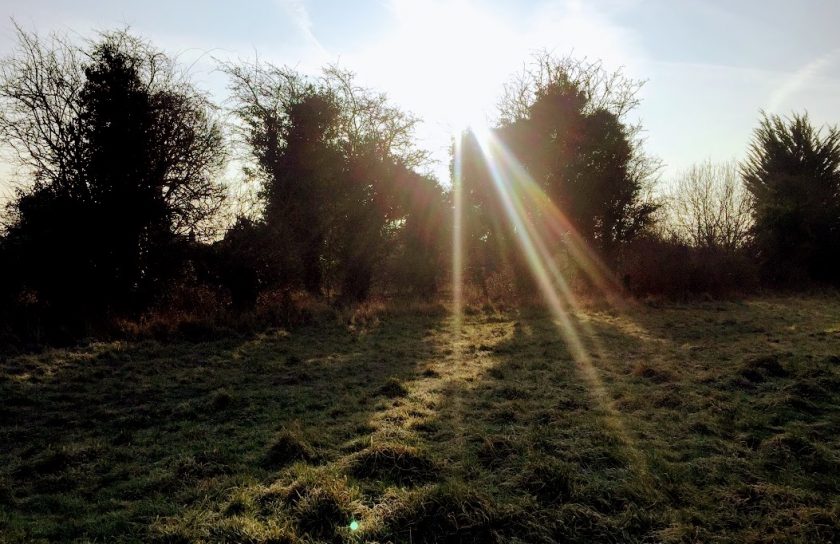When does spring start?

Depending upon which definition you use, there are actually two different dates that the mark the first day of spring.
1 March 2018 is the first day of the meteorological spring
20 March 2018 is the first day of the astronomical spring
Meteorological and astronomical seasons
Astronomical seasons refer to the position of Earth’s orbit in relation to the sun taking into account equinoxes and solstices. Meteorological seasons are instead based on the annual temperature cycle and measure the meteorological state as well as coinciding with the calendar to determine a clear transition between the seasons.
Since the seasons vary in length, the start date of a new season can fall on different days each year. This makes it difficult to compare seasons between different years and resulted in the introduction of the meteorological calendar. This splits the calendar into four seasons of approximately the same length. The astronomical seasons run approximately three weeks later than those of the meteorological calendar.
Meteorological season
Meteorological spring will begin on 01 March 2018 and ends on 31 May 2018.
The meteorological seasons consists of splitting the seasons into four periods made up of three months each. These seasons are split to coincide with our Gregorian calendar making it easier for meteorological observing and forecasting to compare seasonal and monthly statistics. By the meteorological calendar, spring starts on 1 March.
The seasons are defined as spring (March, April, May), summer (June, July, August), autumn (September, October, November) and winter (December, January, February).
Astronomical season
The astronomical spring begins on 20 March 2018 and ends on 21 June 2018.
The astronomical calendar determines the seasons due to the 23.5 degree tilt of the Earth’s rotational axis in relation to its orbit around the sun. Both equinoxes and solstices are related to the Earth’s orbit around the sun.
Solstices and equinoxes are considered to be the astronomical transition points between the seasons and mark key stages in the astronomical cycle of the earth. In a year there are two equinoxes (spring and autumn) and two solstices (summer and winter). The dates of the equinoxes and solstices aren’t fixed due to the Earth’s elliptical orbit of the sun. The Earth’s orbit around the sun means that in early January, the sun is closest (known as perihelion) and in early July it is most distant (aphelion).
Spotted something? Got a story? Send a Facebook Message | A direct message on Twitter | Email: News@Deeside.comLatest News











